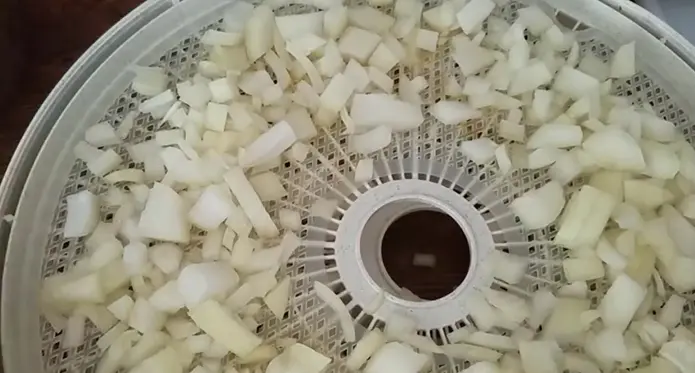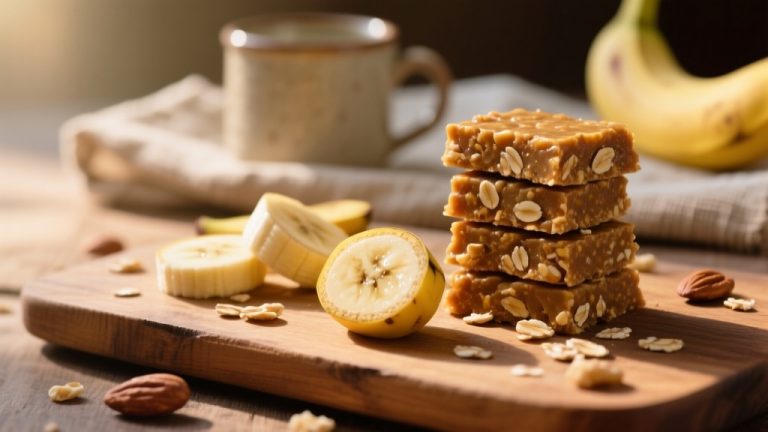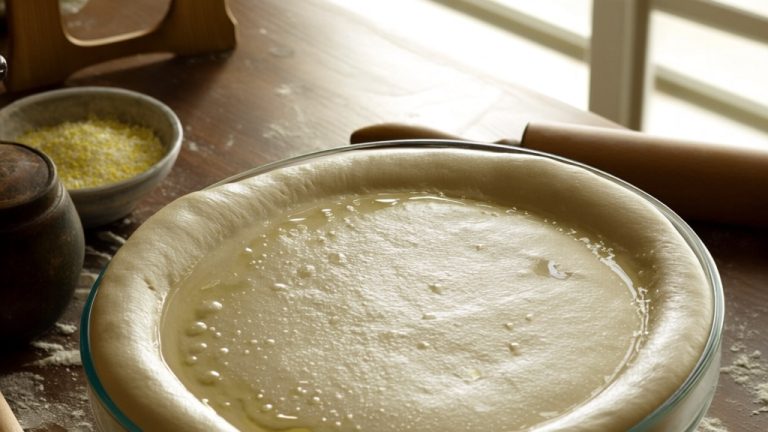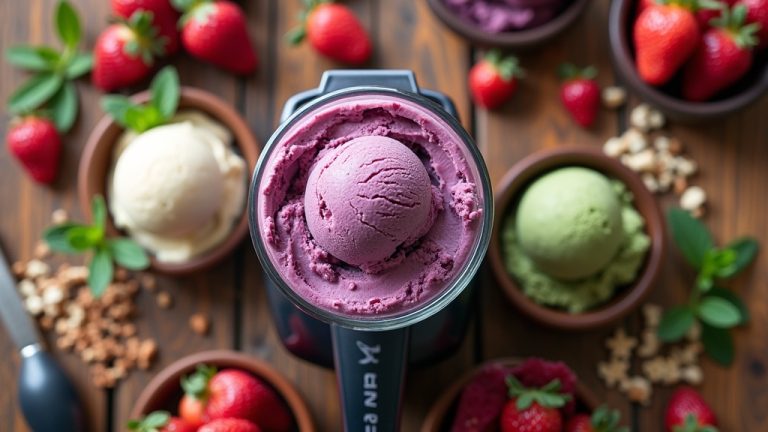How to Prevent Food Sticking in Dehydrator : Do it in 8 Ways
If you’re interested in learning how to prevent food from sticking to your dehydrator, it’s not just you. Dehydrators are a common means to preserve food and for good reasons. They’re relatively inexpensive, easy to use, and they allow you to enjoy your favorite foods without all the added preservatives.
One of the most common complaints about dehydrators is that food can sometimes stick to the trays. This not only makes it difficult to remove the food, but it can also make it lose flavor and nutrition, cause uneven drying, and even burn food. Fortunately, there are a few simple tips that can help you prevent this problem.
Today’s blog discussion will focus on preventing food from sticking in dehydrators. We’ll also share some helpful tips for troubleshooting common sticking problems.
How to Prevent Food Sticking in Dehydrator: Effective Methods
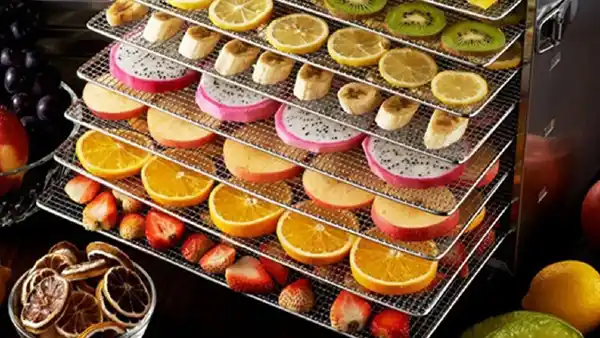
There is a chance that food will stick to the trays when you use a dehydrator. This will not only cause uneven drying, but the food may also lose flavour and nutrition. The food may also become tough to remove from the tray and may even burn.
For all these reasons, you need to know what to do to minimise the chances of food sticking to your dehydrator. There are a few simple and effective methods that can help you with this problem:
After an Hour, Flip the Ingredients
You should turn the ingredients around after an hour to avoid food sticking to the dehydrator. The heat produced by the unit will help to circulate the air, which will eventually dry out the food.
In any case, if you don’t turn the ingredients around, the food will likely stick to the dehydrator walls and not get evenly dried. Turning the ingredients around facilitates even drying and prevents scorching.
If you’re dehydrating something like fruits or vegetables, you should also check on them after a few hours to make sure they’re not getting too dry.
Use Parchment Paper
Parchment paper is a type of grease-proof paper that is commonly used for baking. It is usually used in baking to prevent food from sticking to the pan. When used in a dehydrator, it serves the same purpose. By lining the dehydrator tray with parchment paper, you can prevent fruits and vegetables from sticking during the dehydration process.
When placed on the dehydrator tray, it separates the food from the surface, making it less likely to stick. Parchment paper helps to absorb moisture from the food, which leads to evenly dried results. Also, it is non-toxic and easy to clean, making it an ideal option for dehydrating foods.
Last but not least, parchment paper makes clean-up a snap – simply remove the paper and discard it when you’re finished dehydrating. For these reasons, parchment paper can be an essential tool for anyone who wants to get the most out of their dehydrator.
Use Plastic Mesh Screens
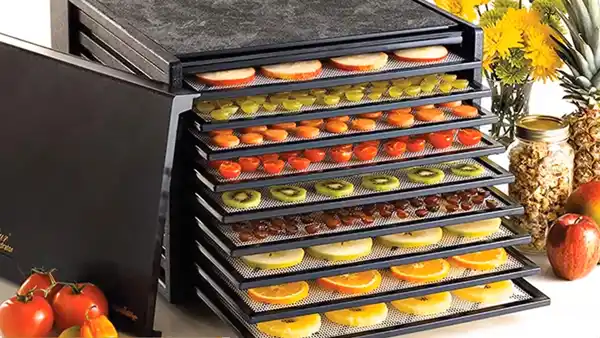
Plastic mesh screens are an effective way to prevent food from sticking in the dehydrator. They fit over the trays and create an obstruction between food and tray surfaces. As a result, food is less likely to stick, and cleanup is much easier.
The screens also help to distribute heat evenly, which helps to prevent sticking and burning. Apart from that, the screens allow air to circulate around the food, which helps to promote even drying. Whether you are a home cook or a professional chef, using mesh screens in your dehydrator can help you achieve better results with less hassle.
When using plastic mesh screens, it is important to make sure that they are clean and free of obstructions. If there is any build-up on the screen, it can result in the food sticking or burning. It is also crucial to ensure that screens are tight-fitting so that air can circulate properly.
Using Cooking Spray
Simply coat the dehydrator trays with a thin layer of cooking spray before you put the food in. The food will still dehydrate evenly and won’t stick to the trays, making it much easier to remove when it’s finished. Also, using it can help to extend the life of your dehydrator by preventing the formation of rust and other corrosion.
When using cooking spray, be sure to evenly coat the surface of the dehydrator tray. It’s also important to use a light hand, as too much spray may result in food becoming soggy or oily.
If possible, try to avoid spraying directly onto the food itself. Once you’re finished dehydrating, simply wipe down the trays with a damp cloth or paper towel.
Avoid Making Thin Slices
Slicing food thinly is often seen as a way to speed up the dehydrating process. In contrast, slices that are too thin will stick to the dehydrator more than thicker ones. The reason for this is that thin slices have a higher surface area-to-volume ratio, which means there is more surface area for the water to evaporate from.
This can cause the food to dry out too quickly and stick to the dehydrator. Thin slices are more likely to curl up as they dry, further resulting in them sticking. Also, they have a greater chance of breaking during the drying process.
For these reasons, it’s best to avoid making thin slices when dehydrating food. Thick slices may take slightly longer to dehydrate, but they will be less likely to stick and easier to handle.
Temperature Awareness for Dehydrator
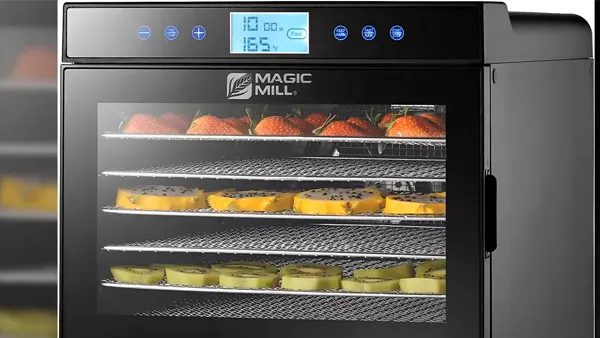
When using a dehydrator, it’s important to keep the temperature low enough that the food doesn’t stick but high enough that mold and bacteria don’t have a chance to grow.
The best way to ensure food safety is to use a food thermometer to check the internal temperature of the dehydrated food. Also, you may consult a dehydrating chart or recipe. If the food is being dried at too high of a temperature, it can cause the sugars in the food to caramelize and stick to the dehydrator tray.
If the temperature is too high, the food will stick and be difficult to remove, and there is a risk of bacterial growth. Conversely, if the temperature is set too low, the drying process will be much slower and uneven. Due to this, it’s important to find the happy medium between these two extremes in order to prevent sticking and ensure food safety.
Keep Account of Time
If you do not want the ingredients to stick to the dehydrator, don’t leave the ingredients in the dehydrator for too long. Doing so can lead to the food becoming stuck to the dehydrator and difficult to remove.
If you’re unsure how long to dehydrate your food, refer to a recipe or guide. It’s better to err on the side of caution and check the food frequently and remove it from the dehydrator when it is no longer wet than to leave it in for too long and risk ruining it. Dehydrating food is a great way to preserve it, but it is important to do so carefully in order to avoid making a mess.
Use Proper Accessories:
Food can stick to the dehydrator if it is not equipped with the proper accessories. When loading the dehydrator, use the provided racks or trays. Do not overcrowd the racks or trays, as this will allow the food to stick together. Make sure that the food is cut into even pieces using proper accessories. If the pieces are uneven, they are more likely to stick together.
If you are dehydrating sticky foods such as fruits, coat the racks or trays with non-stick cooking spray before adding the food. Check on the food periodically to make sure that it is not sticking together. If necessary, use a spatula to carefully separate any stuck-together pieces.
What to Do If the Food is Already Stuck on the Trays?
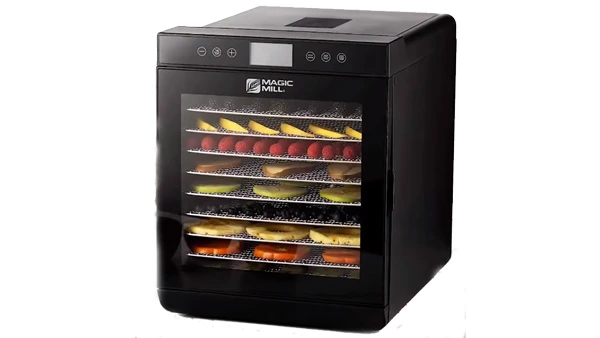
For Hard Trays :
Removing stuck food from your dehydrator can be a pain, but it’s important to keep your dehydrator clean so that your food comes out tasting great. Here are some tips for removing stuck food from hard trays:
- Start by unplugging the dehydrator and removing the trays.
- It is possible to lift stuck-on food by gently pressing the back of the tray.
- If the food is unsalvageable, soak the trays in warm, soapy water for about 30 minutes.
- Use a soft-bristled brush to scrub away any stuck-on food.
- Rinse the trays well and dry them before putting them back in the dehydrator.
- If you still have stubborn bits of food stuck on, you can try using a vinegar solution or a specialty cleaner designed for dehydrators.
Try Freezing the Trays:
- It is imperative that the tray is thoroughly clean.
- Next, place the tray in the freezer for at least two hours.
- Once the tray is frozen, remove it from the freezer and use a blunt object (such as a spatula) to scrape off the food. To pop off the food, you can also use your fingertips beneath the tray.
- You may need to repeat this process several times to remove all of the food.
Get Powder Out Of It:
If all else fails, you can use a strong bristled brush or sturdy spatula to scrape the food into a bowl or pan.
A. Grind the food in a food processor or blender until it forms a powder.
B. Spread the powder on a baking sheet and bake at a low temperature (200 degrees Fahrenheit) for about an hour.
C. Once the powder is dry, store it in an airtight container.
Now you have powder that you can use for smoothies, soups, or anything else you can think of. And if you ever have trouble removing food from your dehydrator, just remember this easy method for making powder.
Can You Use Silicone Sheets in a Dehydrator?
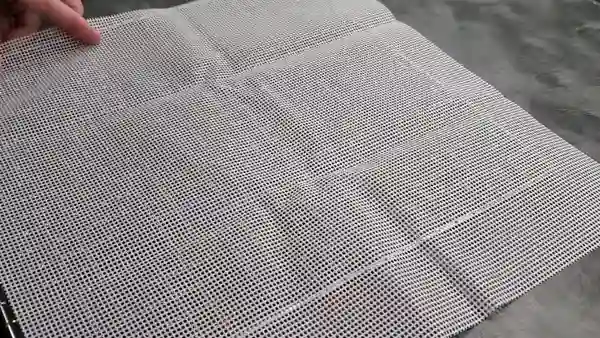
You can put silicone sheets in the dehydrator, but there are some things to keep in mind. Silicone is heat-resistant, so it won’t melt or warp at high temperatures. Even so, it’s crucial to ensure that the sheet is big enough to cover the entire dehydrator tray.
Otherwise, the food will come into direct contact with the heating element and could get burned. Also, silicone sheets can be difficult to clean, so you may want to line the tray with parchment paper first.
Be aware that silicone can give food a slight “plastic-y” flavor, so it’s best to use it for items that will be going into a sauce or other dish where the flavor won’t be noticeable. With these considerations in mind, silicone sheets can be a helpful addition to your dehydrating repertoire.
Can I Use Freezer Paper in a Dehydrator?
Freezer paper is often used in dehydrators to prevent sticking and aid in the removal of dried food. The paper is placed underneath the food to be dried, with the shiny side facing up.
This creates a barrier between the food and the dehydrator tray, which can prevent sticking and make cleanup easier. Aside from that, the paper can help to pull moisture out of the food, speeding up the drying process.
It is important to use only a small amount of freezer paper, as too much can prevent air circulation and lead to uneven drying. When using freezer paper in a dehydrator, it is also important to keep an eye on the food, as it can dry more quickly than anticipated.
Can I Use Parchment Paper in a Dehydrator like Baking Paper?
Parchment paper and baking paper are often used interchangeably in cooking, but there are some important differences to consider when using them in a dehydrator.
Parchment paper consists of a special kind of paper that is coated with silicone and is designed to withstand high heat. In contrast, baking paper is made from a type of treated cardboard that is not as heat-resistant.
Also, parchment paper is available in bleached and unbleached varieties, while the baking paper is only available bleached. When choosing parchment paper for use in a dehydrator, unbleached is the better option, as it is less likely to release chemicals into the food.
Both types of paper are used in the kitchen, but they have different applications. Parchment paper is often used for lining baking pans and dehydrator trays, as it can withstand high temperatures without burning.
Baking paper, on the other hand, is typically used for wrapping food or lining countertops to prevent sticking. So, while parchment paper and baking paper may look similar, they are actually quite different.
So, Let’s Get On With Food Dehydrating
So there you have it, a few simple tips to help prevent food from sticking in your dehydrator. By following these guidelines, you can enjoy delicious, healthy dehydrated snacks without the hassle of cleaning up a sticky mess.
And remember: if you do end up with some stubborn stuck-on bits, a little elbow grease, and some hot water will soon have your dehydrator looking as good as new. Happy dehydration.
Recommended Article To Read:



